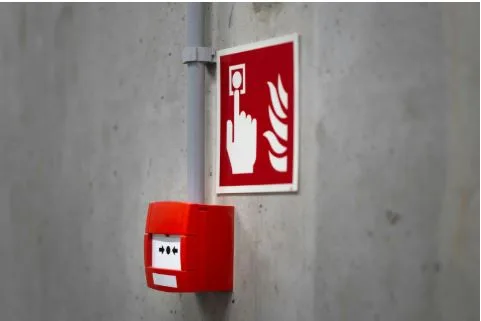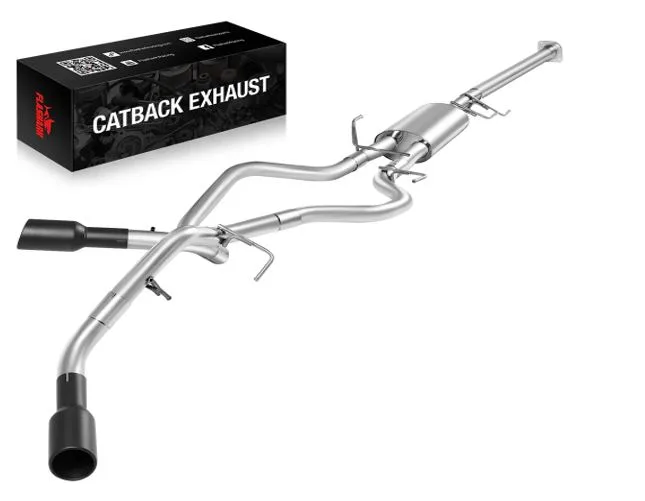The Critical Importance of Regular Maintenance for Mass Notification Systems in Alaska
Emergencies come suddenly without telling anyone, and in Alaska the situation is more unique. Weather, geography, infrastructure, all bring their own challenges. In such conditions, having a system which communicates fast is more important than ever. Mass Notification Systems (MNS) are really the backbone of safety for schools, businesses, hospitals, even government facilities.
But here is the truth nobody likes to hear: the best system also will fail if no one maintains it regularly. Many people skip routine checks, thinking it is a small issue, but when an emergency happens, the system doesn’t work the way it should. That type of failure means delay in response, breaking compliance rules, and losing trust from the very people who depend on it.
So let’s see deeper why keeping Mass Notification Systems in Alaska well maintained is not optional, but something absolutely necessary.
Risks When MNS Maintenance Is Ignored in Alaska
1. Delayed Emergency Responses
Think about a fire inside a logistics warehouse in Anchorage. At that time, alarms must notify staff instantly by phone call, text, loudspeakers, telling them to evacuate. But if the system is never tested or updated, maybe messages don’t go.
This is not just theory. One real example: a logistics company had 12 minutes late evacuation, because only half workers got mobile alerts, and many numbers were old. In an emergency every minute counts. Such delay can mean the difference between safe evacuation or serious harm.
2. Compliance Problems
Organizations in Alaska, like hospitals, schools, oil and gas, have strict rules to follow. If during inspection or drill the notification system fails, quickly it becomes a legal and financial issue.
Example: one healthcare provider in the lower 48 failed an audit since staff never confirmed instructions during the test. The same problem can happen in Alaska also. Regulators don’t just want you to own a system, they want proof it works all the time. Skipping maintenance causes failed audits, penalties, even legal action.
3. Cybersecurity Risks
We often think only natural disasters are emergencies, but today cyberattacks are also dangerous. Outdated systems without patches are targets for hackers. Some even send false alerts, creating chaos, damaging trust.
If people in Anchorage or Juneau receive too many false alarms, next time they may ignore real ones. Updating software and monitoring systems is not just an IT matter, it is a life safety measure.
4. Disruption of Operations
When a system doesn’t work properly, confusion spreads fast. Imagine an industrial plant in Fairbanks, half workers hear “Evacuate now”, the other half hear nothing. Instead of calm evacuation, people panic, wait, or scatter. Time gets wasted.
That kind of poor maintenance leads to property damage, injuries, or big loss in productivity.
5. Loss of Public Trust
Trust is fragile, once broken it is very hard to build again. One false alarm or delayed notification is enough for people to lose confidence. If staff or students stop believing in alerts, they might not react in real emergencies.
In Alaska, where earthquakes, winter storms, or accidents in industries are common, public trust in alerts is life-saving.
Best Practices for Maintaining MNS
So what can organizations in Alaska really do? Some important practices are:
Do Regular Testing
At least two times per year, run a full system test.
Check SMS, emails, voice calls, apps, alarms.
Write results and fix any gap in coverage.
Keep Contact Details Updated
Because people leave jobs, phone numbers change. This is the most common reason alerts fail.
Make a routine every three months to check and update all contact info.
Integrate With Other Systems
MNS should connect with fire alarms, security cameras, and building systems.
This way response is faster and automatic.
Train the Staff
Technology is only as strong as the people behind it. Train them often, not just yearly. Live drills make sure they know what to do when an alarm comes.
Monitor Performance
Use real-time monitoring tools to detect system failures or cyber threats. Automated alert to admin ensures the problem is solved before emergency arrives.
Why Alaska’s Situation Needs Even More Care
Alaska has challenges other states don’t:
- Severe weather: snow, storms, earthquakes, all push systems under stress.
- Remote areas: limited infrastructure makes communication even more important.
- Different industries: from oil rigs in Prudhoe Bay to fisheries in Kodiak, all depend on quick alerts.
That’s why skipping maintenance here is far riskier than elsewhere. A small mistake can grow into a very big disaster.
Why Choose GMW Fire Protection for MNS Maintenance
Taking care of MNS is not “do once and forget”. It needs constant attention, expertise, and local knowledge. Here GMW Fire Protection helps.
At GMW Fire Protection, we know your staff, residents, or customers are depending on this system to work perfectly when a crisis comes. That’s why we provide:
- Detailed Inspections: certified team checks, tests, and fine tunes every part.
- Regular Maintenance Plans: scheduled updates and preventive service to keep the system reliable.
- Integration Skills: we connect MNS with other safety systems for best performance.
- Knowledge of Alaska: our team understands the local climate and industries, designing solutions that really work here.
When an emergency comes, your system is only as strong as its last maintenance. With GMW Fire Protection, you can trust it is always ready.
Conclusion
Mass Notification Systems are not just technology, they are lifelines. In Alaska, where risk is higher, maintenance is key to protect life, property, and compliance.
By testing often, updating contacts, integrating safety systems, and monitoring performance, organizations reduce chance of failure. And with partners like GMW Fire Protection, peace of mind is guaranteed—because the system will be ready when it is most needed.






